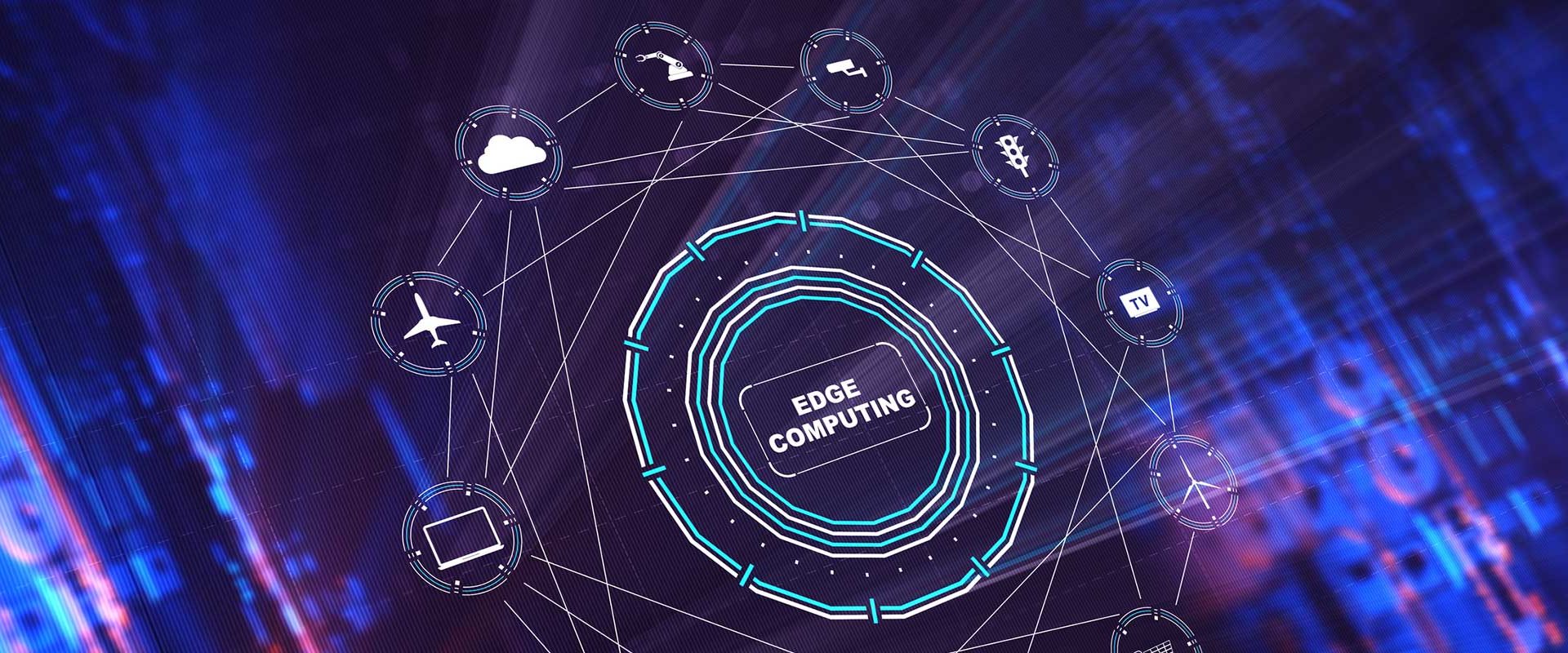The future of manufacturing will be driven by connected, energy-efficient intelligent devices. IoT connectivity combined with embedded machine learning will transform manufacturing business models, processes and the services they offer.
Manufacturing companies are increasingly demanding more intelligence from their machinery by accessing data right at the very edge, where things happen. This intelligence is being put to work to improve the processes on the factory floor, as machines learn from mistakes, failures, and inaccuracies. Moving the workload and learning to the edge removes the need for costly, power-hungry, and processor-intensive hardware. By moving the hardware to the edge, and giving it the brain it always needed, it is now possible to use the previously discarded vast amounts of data and advanced analytics to track performance and operating conditions, improving and optimizing equipment’s TCO, predict malfunctions and failures, and take action before costly failures take place. Resulting in continuous improvement and faster predictive maintenance.

Designed for Machine Learning on the edge, the Arduino Portenta H7, which enables Edge Impulse’s embedded framework, runs much faster, and consumes less power, keeping the processing on the device while preserving your privacy and security. Using Arduino as an edge device, enables companies to greatly increase their ability to collect, analyze and deploy just about anything across a multitude of use cases while avoiding the cost, complexity, security challenges and pervasive cloud dependency.
Automated Optical Inspection with the Portenta Vision Shield
In this video, Sebastian Romero, Arduino Interactive Designer, shows you how the Arduino Portenta can automate the inspection of manufactured objects. The camera autonomously scans the objects for defects such as missing components.
Automated Quality Checks in the Automotive Industry
IDT Solutions has applied machine vision to automate inspection and analysis for process control, maintenance checks and robot guidance etc especially in the automotive appliance sector. Where the open source aspect of Arduino has proved particularly useful to link the different types of machinery that require connection and sharing of data – using Arduino as the brain of the machine.
The Arduino Portenta family offers physically smaller, and cost-saving solutions that eliminates the need to send large amounts of data to the cloud while upping usability, speed, and security. Specifically designed for machine learning applications on the edge, Arduino Portenta Vision Shield LoRa®, enables low-power, long distance communication over LoRa® wireless protocol and LoRaWAN networks. It’s the perfect addition to the powerful Arduino Portenta H7 which makes possible machine learning on-device, thereby greatly reducing the communication bandwidth requirement in an IoT application.

The ultra-low-power Himax camera that comes with the Portenta Vision Shield facilitates Always-on machine vision. The camera module autonomously detects motion while the Portenta H7 is in stand-by, rapidly waking up the microcontroller only when needed. The industrial-grade Portenta H7, features two asymmetric cores to simultaneously run high-level code such as protocol stacks, machine learning, or even interpreted languages like MicroPython along with low-level real-time tasks. This is important, especially for Industrial Internet of Things (IIoT) applications that can handle the demanding integration of manufacturing processes with ML models, over-the-air updates, and harvesting sensory equipment data collection, across fully encrypted LoRaWAN capabilities. Arduino packs all that and more, including its flagship easy-to-use IDE, without the complexity or overhead we’ve grown accustomed to.
Companies across the globe are already building their commercial products based on this simple-yet-powerful approach to detect, filter, and classify images, multi standard barcode and QRcodes, and others.
Recommended products
Arduino Portenta H7 Microcontroller Board
Based on a dual-core STM32H747 microcontroller. Supports 802.11b/g/n Wi-Fi and Bluetooth 5.1.

Arduino Portenta Vision Shield
Add-on for Arduino Portenta for machine vision applications.320×320 pixel Himax HM-01B0 camera. Two MP34DT05 microphones.












